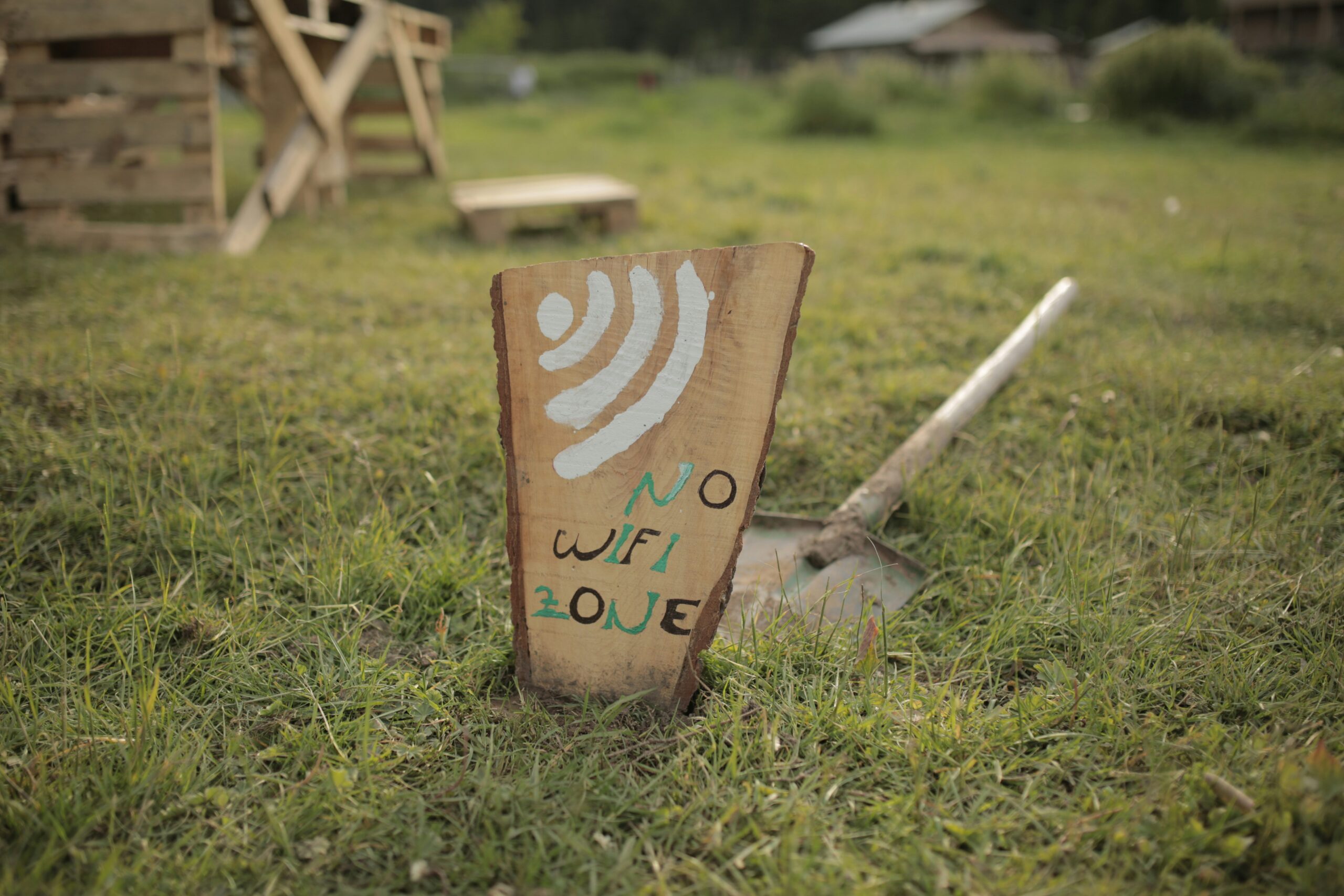 Friends with a little Internet memory can find that similar news came out as early as August last year, but it was rumored that the iPhone 13 would support satellite communication functions. Tianfeng International analyst Ming-Chi Kuo believes that the iPhone 13 will add low-orbit satellite communication capabilities, and users will no longer be restricted by 4G and 5G networks after activating the terminal. As long as they receive satellite signals, they can make calls and send gps location online and receive information, but the satellite bandwidth is not enough. Guaranteed high-speed Internet access.
Friends with a little Internet memory can find that similar news came out as early as August last year, but it was rumored that the iPhone 13 would support satellite communication functions. Tianfeng International analyst Ming-Chi Kuo believes that the iPhone 13 will add low-orbit satellite communication capabilities, and users will no longer be restricted by 4G and 5G networks after activating the terminal. As long as they receive satellite signals, they can make calls and send gps location online and receive information, but the satellite bandwidth is not enough. Guaranteed high-speed Internet access.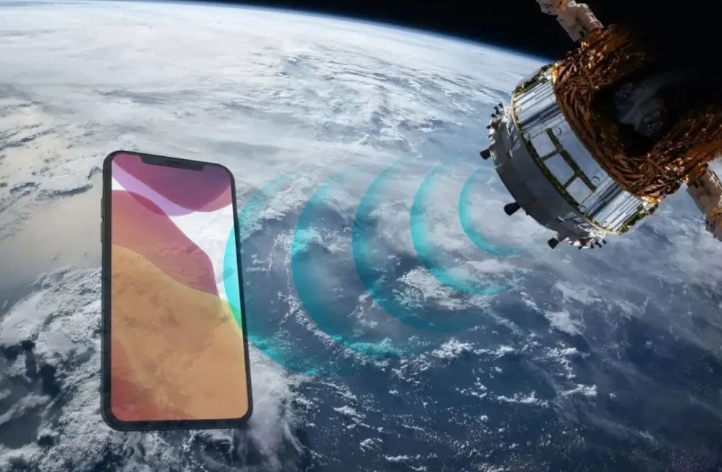
As a result, everyone has seen that the iPhone 13 released last year does not support satellite communication at all, so now we are focusing on the iPhone 14 series. Donc, some netizens complained, “According to the development trend, next year will say that the iPhone 15 series supports satellite communication, and the next year should say the iPhone 16 series?” Although the ridicule of netizens is not unreasonable, this time the source is no longer an analyst, but It is a professional mainstream media with a higher degree of reliability.
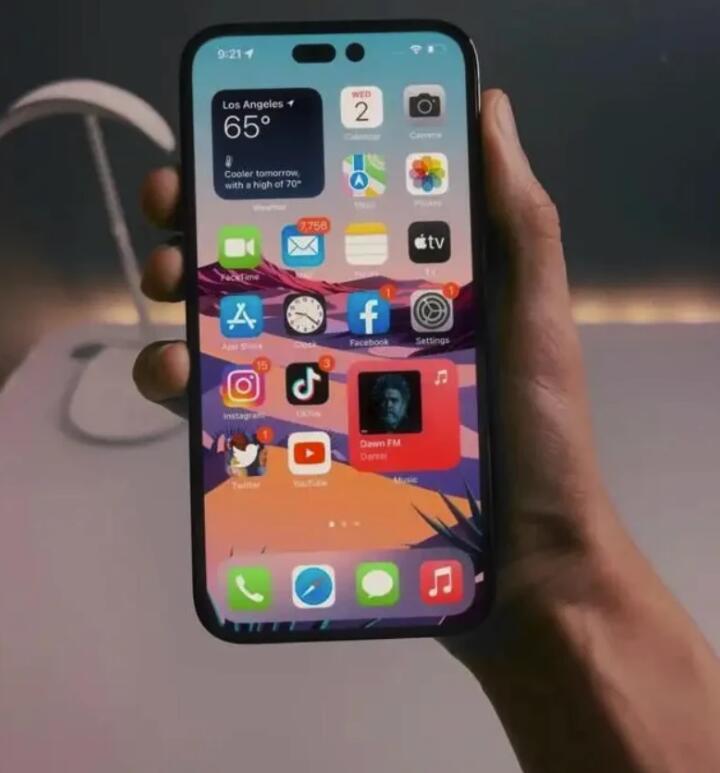
The original source of the news was Bloomberg, a professional financial information company founded in 1981. It has professional reporters who have been tracking Apple news for a long time and maintain a good personal relationship with Apple executives. After understanding the background, you can find that Bloomberg is much more reliable than analysts, and there are some more detailed contents in the report, which are not quoted by most mainstream media in China.
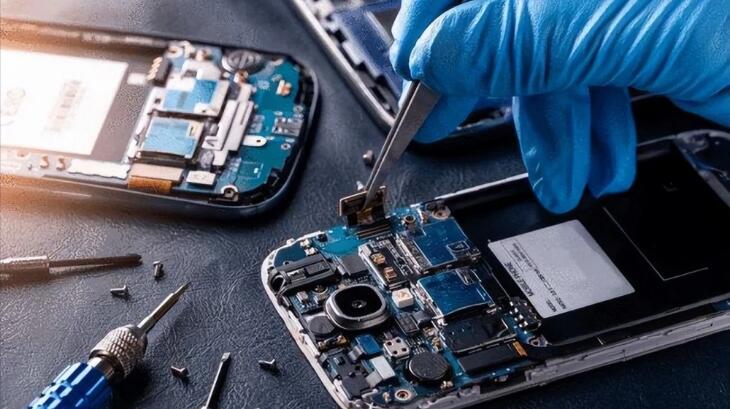
According to Bloomberg, Apple’s plan is divided into two parts. The first part is called “Send emergency messages through contacts”, which will let users send short texts to emergency services and contacts over the satellite network in the event of an emergency without a cell phone signal. , in the form of “gray bubbles” as a reminder; the second part is that the mobile phone actively asks the cause of the emergency, whether it involves accidents such as automobiles, ships, planes, fires, etc., so as to facilitate the provision of more accurate search and rescue services.

This service may involve strict regulations and privacy issues, and it is certain that it will not be rolled out globally, only some countries or regions support it. Bloomberg also pointed out that the feasibility of this feature is still in the verification stage, and it is uncertain whether Apple will actually launch it.
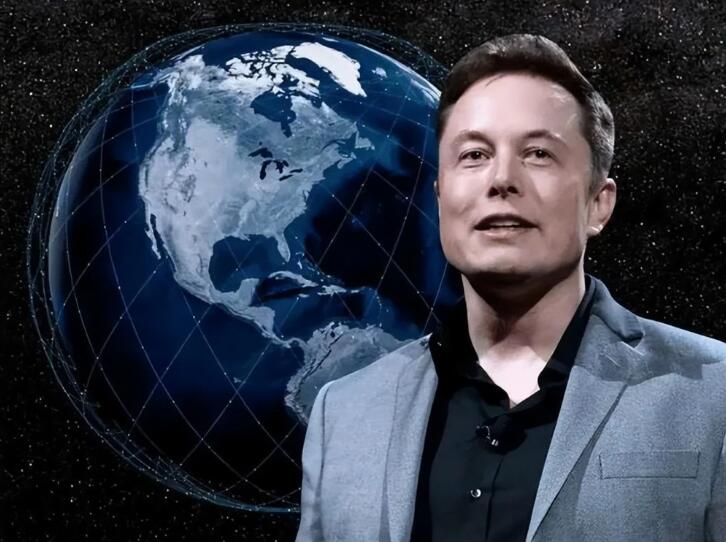
There are many potential partners for Apple’s satellite communications, the most likely being the global Starlink satellite system launched by Musk, with tens of thousands of satellites enough to support global emergency communications. Although there is a certain competitive relationship between Apple and Space X, it does not mean that there is no possibility of cooperation at all. Musk must also hope that he will get more support and gain certain benefits from the cooperation. As for the final success, it is hard to say. Maybe just wait until September when the phone is released.
